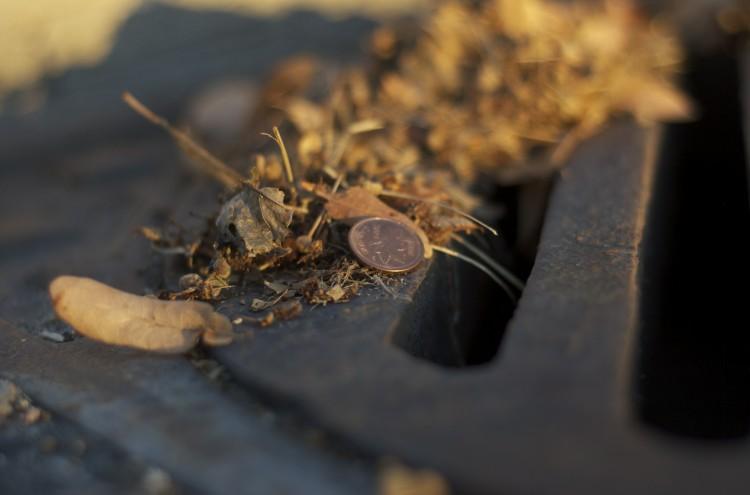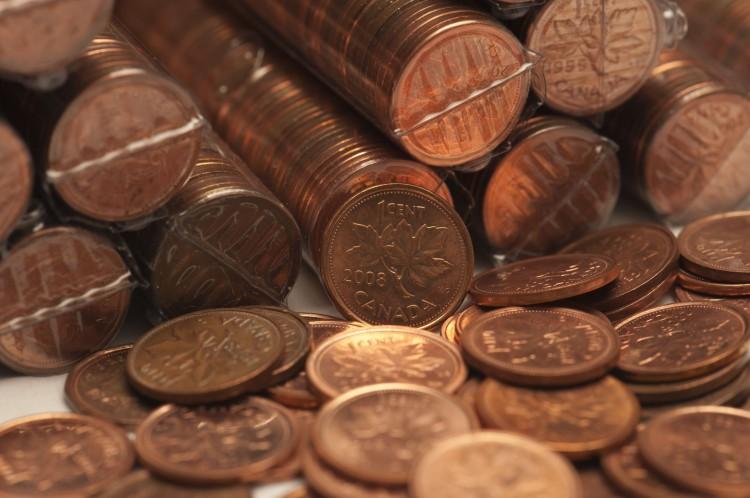Most Businesses Ready for Penny Phase-out, says Retail Council
The withdrawal of the Canadian one-cent coin from circulation begins.

Canada’s federal budget, released last week, includes the decision to end production of the penny. Matthew Little/The Epoch Times
|Updated:






